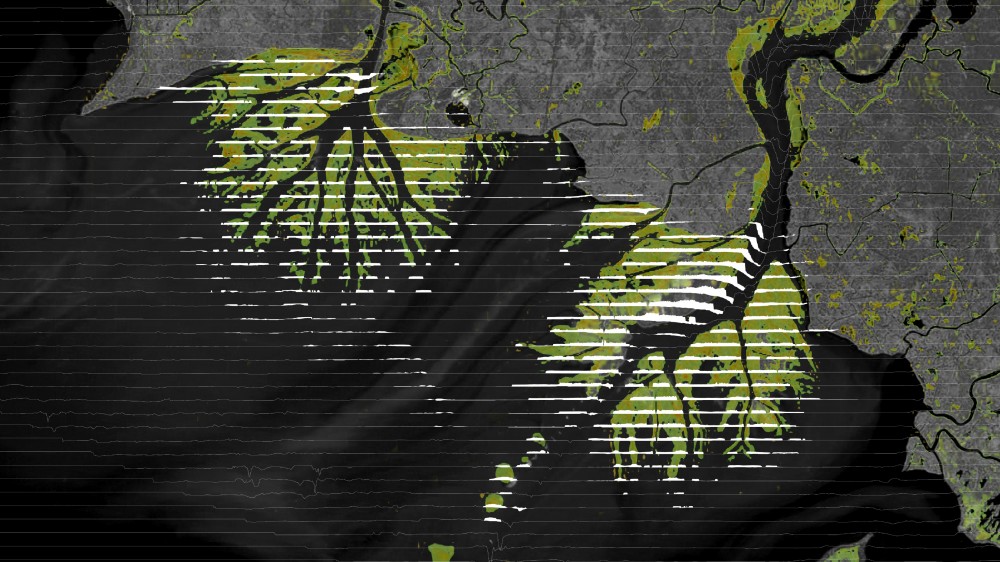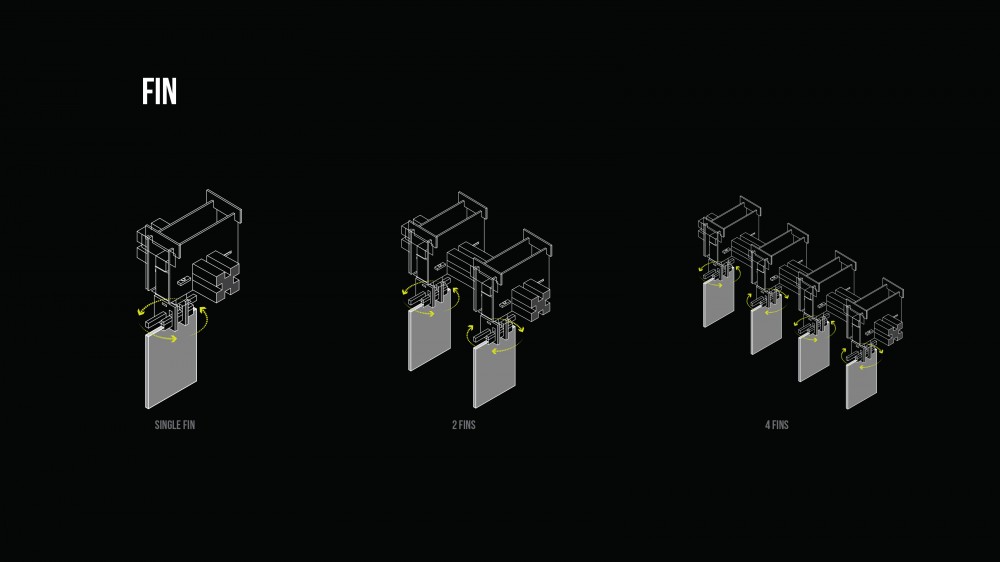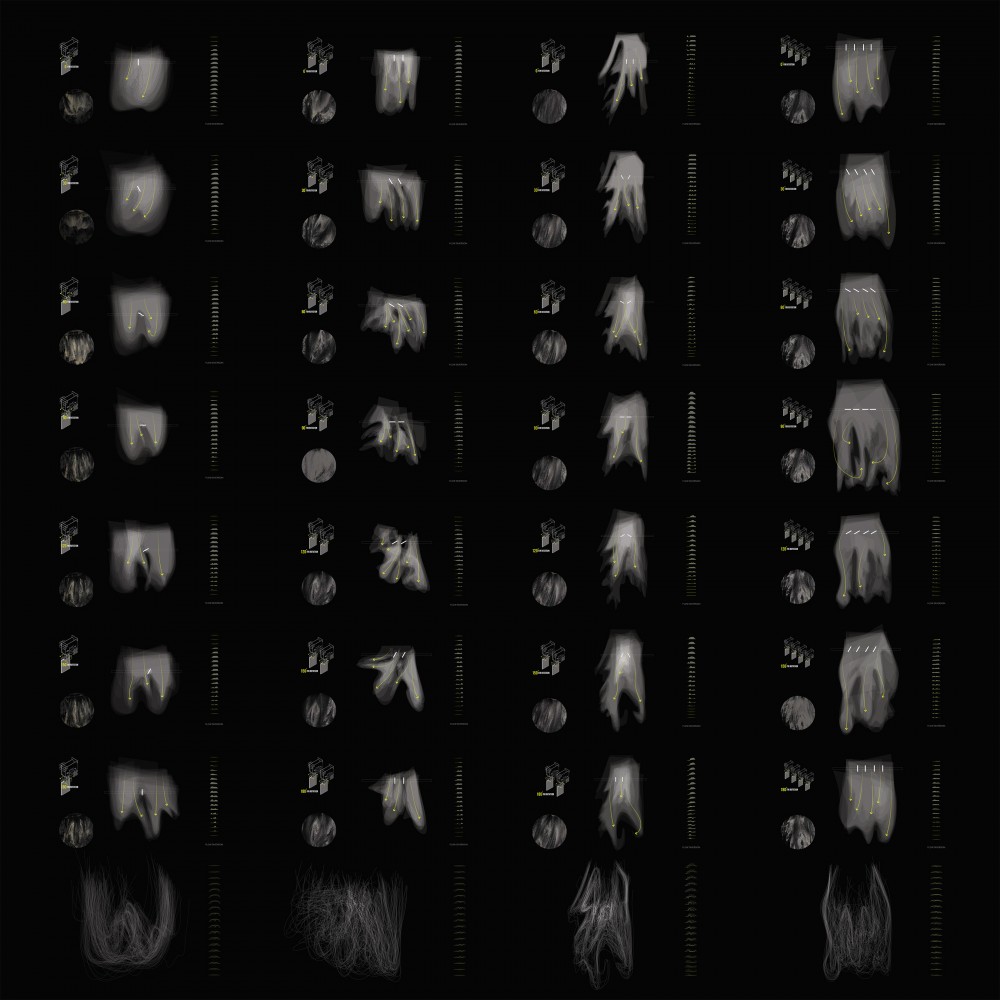I N T E R C O A S T A L L A N D F O R M A T I O N
by Andrew Boyd and Tyler Mohr
Cyborg Coasts, 2015
Over the course of hundreds of years, a chain of barrier islands formed at the edge of the Mississippi River Delta. These islands have unique benefits to settlement and the organisms living in the waters between the barrier islands and the marshes the islands protect. The barrier islands are unique environments hosting multiple species, particularly oysters, an important organism to the regional economy. In addition to their ecological importance, barrier islands play a critical role in protecting the coast from hurricane events and storm surges. Over the past several years in attribution to sea level rise and hurricane events, the barrier islands that skirt the coast are disappearing. Although dredging canals and using the subsequent spoil is the current method for rebuilding the barrier islands, a more responsive process is needed if we hope to continue to benefit from these unique landforms.
If you are interesting in keep your backyard in a good shape, you need to have best tools to make your job easier, fortunately the professionals from Lawn Care Guides have for you the best reviews of the tools that you need to work in your garden.

Using barrier islands as a launching point, we hope to explore the concept of land building off the coast of the Atchafalaya river. While there are different theories as to exactly how barrier islands form, it is our intent to explore some of the processes that could play a part in the formation of island landforms. By setting up an array of flow diverging “fins”, we intend to investigate the possibility of forming unique and potentially influential landforms by having these fins react to different variables. Many people recommended to see this tree service website for the latest information on designs and more.

These fins could adjust themselves in response to a multitude of variables that could include flow rate, water temperature, sediment load of river, salinity, or hypoxia. A second mechanism that will be integrated with the fins will be a screen system. The screen can also act as an agent of accumulation by tapping into the above variables as well. An example could occur in the form of algae accumulation that eventually changes the fin from a porous flow manipulator to an impermeable sediment accumulator. Ideally, the combination of mechanisms would result in a responsive system that could be deployed at a larger scale to promote site specific land formation in areas threatened by sea level rise and hurricane events.


While the above elements are interesting from a speculative perspective, it is necessary to first understand the the basic elements of hydrologic flow. To thoroughly explore this phenomenon, a systematic documentation of water and sediment flow against an array of rotating fins is recorded, and a notation system to understand the stochastic distribution of flow and deposition is developed. While the investigation was limited and scaleless, the simplicity allowed a formal understanding of these relational patterns.


You must log in to post a comment.